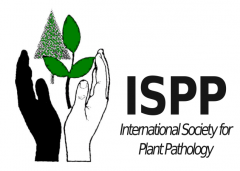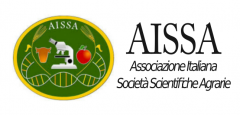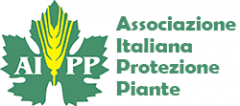FIRST REPORT OF LEAF SPOT CAUSED BY COLLETOTRICHUM COCCODES ON VIOLA TRICOLOR IN IRAN
T. Karamnejadi, A. Solhizadeh, O. Shenavar, M.A. Tajick-Ghanbari
doi: 10.4454/jpp.v99i2.3858
Abstract:
Viola L. is the largest genus of Violaceae. Violets naturally grow in northern Iran, but they are cultivated in most parts of Iran. The fungus Colletotrichum coccodes is a common pathogen on vegetables of Solanaceae family, causing fruit anthracnose of tomato, pepper and eggplant and black dot of potato (Rodeva et al., 2016). Viola sp. from West Azerbaijan is a new host for Colletotrichum sp. in the C. destructivum species complex (Arzanlou et al., 2015). During a survey in 2016 on the campus of Sari Agricultural University, symptoms of leaf spot, necrotic rings with a tan center and dark brown margin were observed on violets. Isolation and purification of suspected fungal agent were done on WA medium, then transferred to Potato dextrose agar (PDA). . Colonies of Colletotrichum sp. grown on PDA plates were dominated by white, sparse aerial mycelium, which becomes grey with age, and by abundant, black sclerotia evenly distributed over the agar surface. Conidia were 16–24×3–4 µm, straight, fusiform and abruptly tapered to each end.
For pathogenicity tests leaves were inoculated with a mycelial plug from the periphery of the representative isolate (C4a) grown on PDA. After 10-15 days, symptoms similar to those of the original leaves were observed. The fungus was reisolated on PDA from the lesions on the inoculated leaves; the colonies and the morphology of conidia were the same as those of the original isolates.
For molecular identification, the internal transcribed spacer (ITS) regions of isolate C4a were amplified with the universal ITS4/ITS5 primers (White et al., 1990). The 600 bp product was sequenced (GenBank accession No. KY176353) and showed the highest similarity (99%) with C. coccodes (AJ301984.1) To our knowledge, this is the first report of C. coccodes in Iran causing leaf spot on Viola tricolor.




